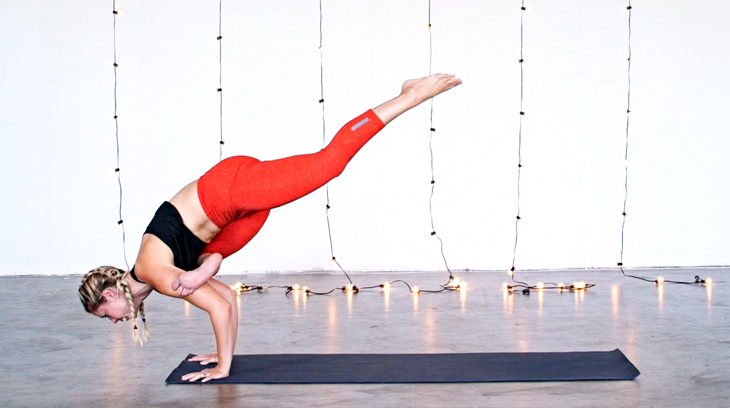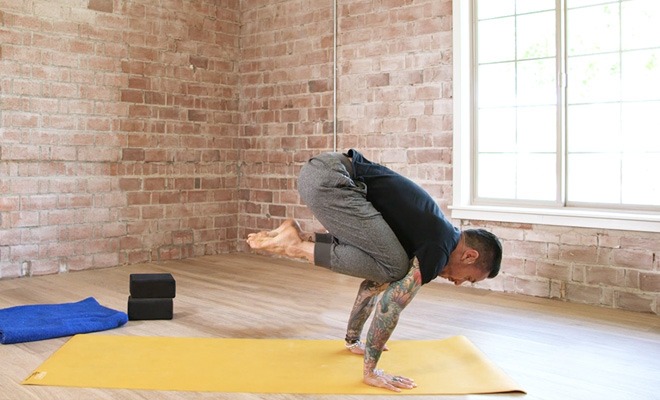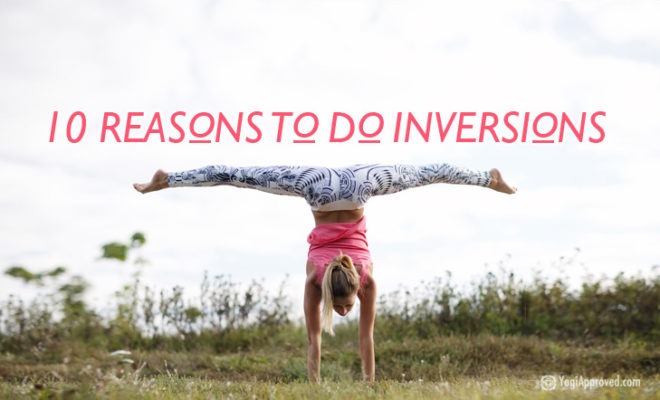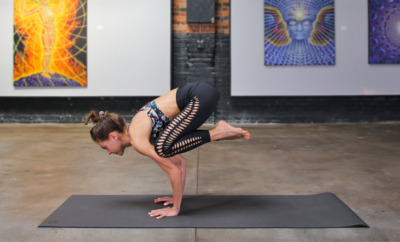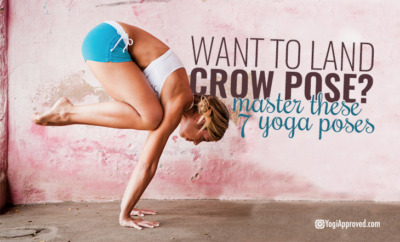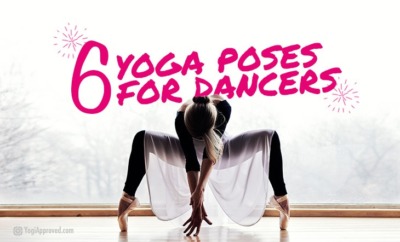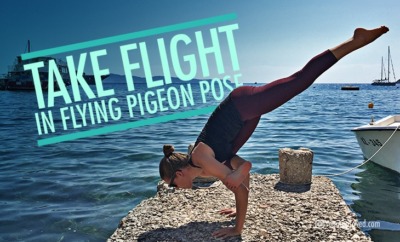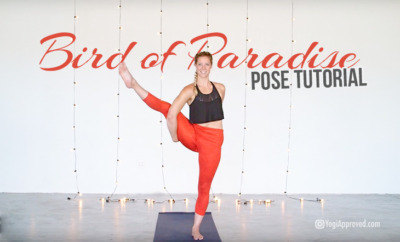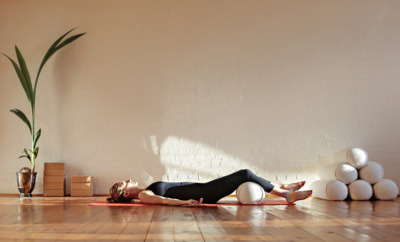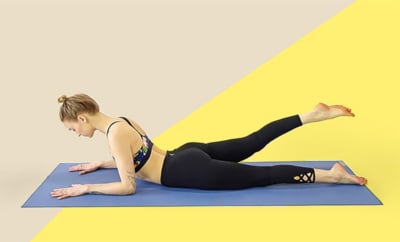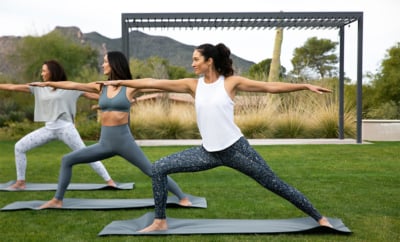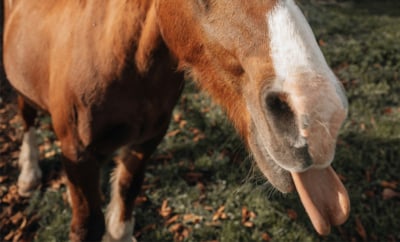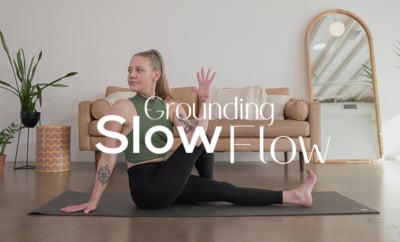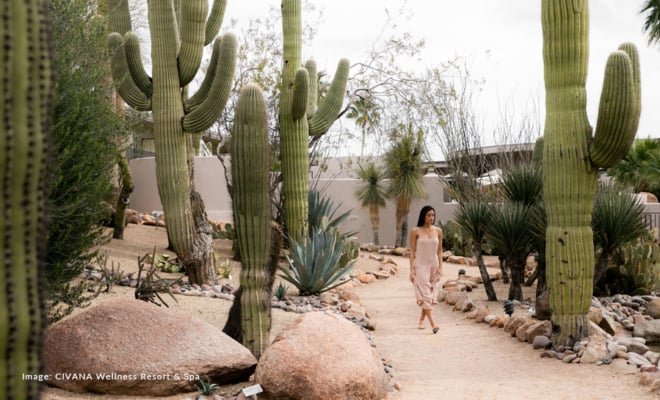6 Yoga Poses To Help You Learn Arm Balances (Tutorial: Learn How To Do Crane Pose)
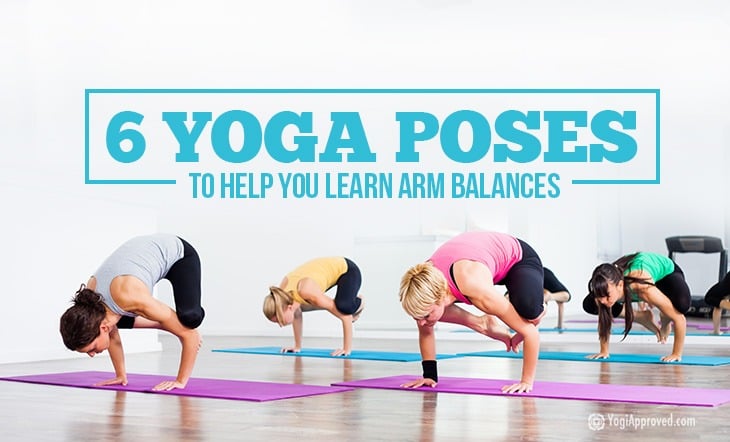
yoga poses for arm balances
Arm balances are a fun way to explore your strength and add dimension to your yoga practice. For yoga practitioners who want to learn arm balances, it’s important to start simple and explore the key components of most arm balances: core activation, muscle control, and letting go of fear.
Bakasana – also known as Crane Pose – is a beginner-friendly arm balance that is both challenging and accessible and helps prepare you for more advanced yoga arm balances. Crane Pose gives you the opportunity to find strength and balance through your arm and core, and teaches you to how to activate muscle groups to hold arm balances.
Want to Fly? Here Are 5 Secret Ingredients to Yoga Arm Balances
If you are ready to learn arm balances, read on for six yoga poses to practice that will help you prepare to take flight. In this article, we will break down five initial poses to prepare the body and build up to Bakasana.
This Short and Sweet Arm Balance Yoga Tutorial Video Will Have You Flying in No Time!
Ready To Practice Crane Pose? Here are 6 Yoga Poses To Learn For Arm Balances:
Below are six yoga poses you can practice to build your body up to Bakasana (the sixth pose of this article) and play around with shoulder engagement and transferring your weight forward.
1. Utkatasana – Chair Pose

This posture starts to warm up the core, while still allowing you to feel grounded. Start in this posture by feeling the abdominal engagement when you lengthen the tailbone down. As you tuck the tailbone, feel your abdomen start to fire up – this is the feeling you want when you begin to lift into Bakasana.
2. Navasana – Boat Pose
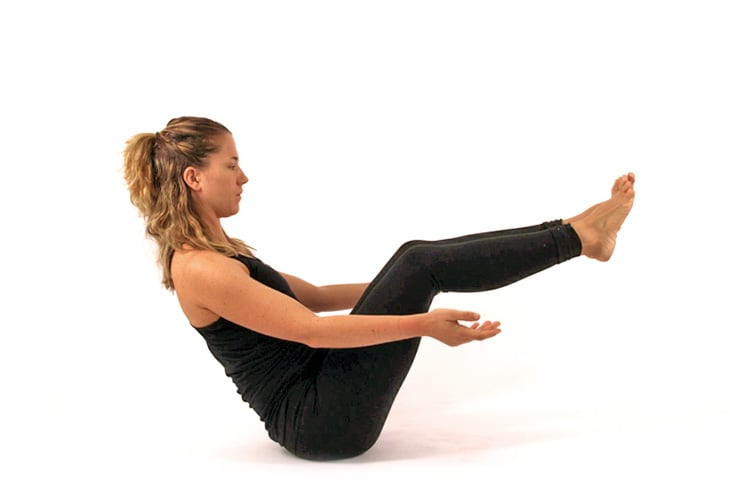
Navasana is another great posture to strengthen the abs and help you find your balance. Start with your seat on the floor and start by lifting your legs in the air. The next step is to lift your arms up by your side and straightening through your spine. Hold this posture for thirty seconds and feel your lower abdominals ignite.
If you can hold this posture for at least 30 seconds, you are ready to move on to the next pose.
Looking for more yoga tutorials and yoga tips? Check out our full library of Yoga articles here
3. Supta Bakasana – Reclined Crane Pose

This is a great posture to feel the exact core engagement you need once you are in the arm balance. Start by lying on your back and squeeze your knees as high up your arms toward your armpits as you can. Flex your toes and push your arms up toward the ceiling. This posture is one of my favorites for students who still have fear of getting up in the arm balance.
The ground is a great way to physically feel the muscles you need to use while you’re in the arm balance. You can safely feel the muscle engagement and gain an understanding of what the posture is going to be like once you are ready to try it.
4. Bakasana Variation – Crane Pose Kickstand
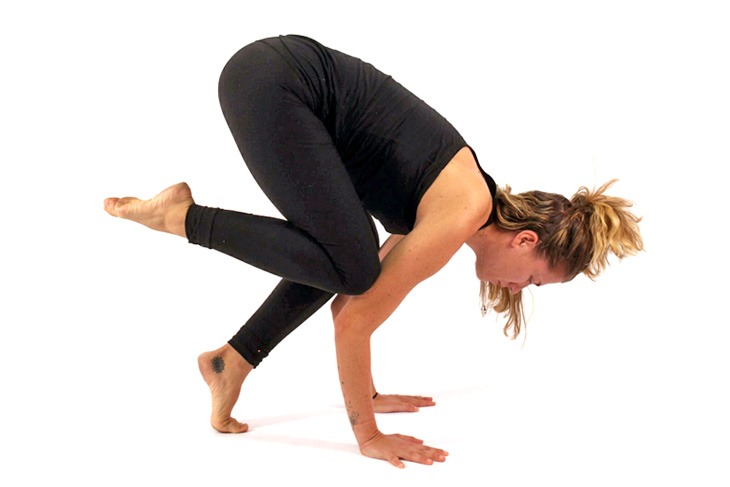
Once you start feeling more comfortable with attempting the arm balance, start on your tiptoes. Bring your knees toward your armpits and start shifting your weight forward. Keep looking as far forward as you can and try to feel the same abdominal engagement you felt in the previous postures.
Once you feel your body weight tipping forward, try lifting your right foot off the floor and see how that feels. Then switch feet and maintain awareness of your lower abdominal muscles. Having this kickstand is helpful for students who are scared of shifting too far forward.
5. Supported Bakasana – Supported Crane Pose
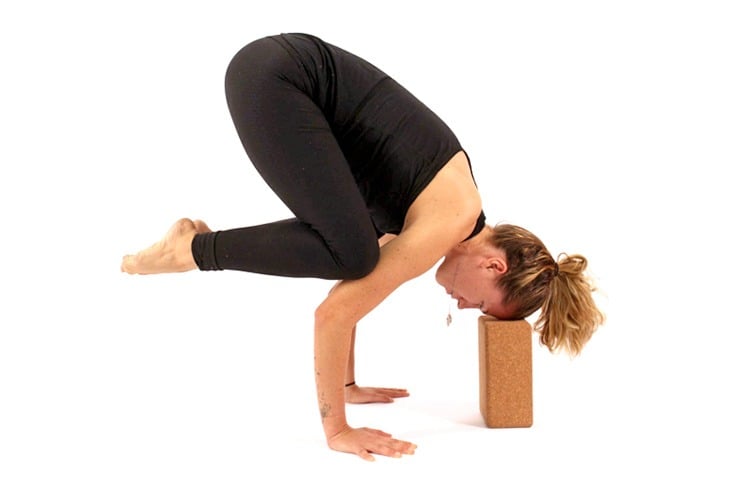
Once you are ready to start flying both your feet off the ground, use a yoga block as a marker of how far forward you need to shift. Yoga blocks are wonderful props to get in the habit of using with many arm balances because most students aren’t aware of just how far forward you need to go to find the balance.
A good measurement for the yoga block is a foot in front of your hands. Try to avoid bringing all your weight to your forehead in this posture – instead, try to find an equilibrium in your core.
6. Bakasana – Crane Pose – You are ready!

Once you have conquered the previous steps, you are now ready for Bakasana – congratulations! This is a challenging and sometimes “scary” posture because you have to focus your body weight more forward than we are typically used to. If you do fall in this posture, keep in mind that you are only a foot off the ground.
To find the balance in Bakasana, you have to shift your body forward and keep looking as far forward as you can. If you start to feel “wobbly” or off balance, try playing with your weight in your fingertips. Also, keep in mind that you have to really round your upper back (similar to Cat pose) to find the correct muscle engagement.
Proper Alignment is Key When You Want To Learn Arm Balances
A common problem people experience with Crane pose is pain in their wrists. This occurs when we put the entire weight of the body in the arms and wrists instead of engaging the Serratis Anteriorm, which is a scapulae muscle.
It originates from the inside of the shoulder blade between the shoulder blade and the ribs. This muscle is responsible for securing the shoulder blade to the torso and moving the shoulder blade in the right position as the arm moves through a range of motion. Proper engagement of this muscle is key to Bakasana and protecting the wrists.
With correct engagement of the Serratis Anterior, you wrap your shoulder blades around your body (protraction of the shoulder blades) which then lifts your back and brings the weight out of your hands. The physical work goes into your abdominals and upper back.
By bringing the weight of your body and the work into your abdominals and upper back, that is where you can eventually shoot back to Chaturanga or press up into handstand.
Are You Practicing Chaturanga Correctly? These 5 Tips Will Keep you Safe
Arm balances take time, patience, and lots of practice. It won’t happen overnight, and that’s ok. Enjoy the journey, have fun, and get ready to amaze yourself! Good luck everyone!
Take Flight With These Arm Balance Online Yoga Classes
Once you learn the secret to yoga arm balances, check out these fun and invigorating yoga classes on YA Classes which feature intelligent and creative yoga flow sequences to prepare you for various arm balances. Not yet a member? Try out YA Classes for free for 14 days.


This Month's Letter
From the Editor
Monthly motivation and food for
thought from our founder.







